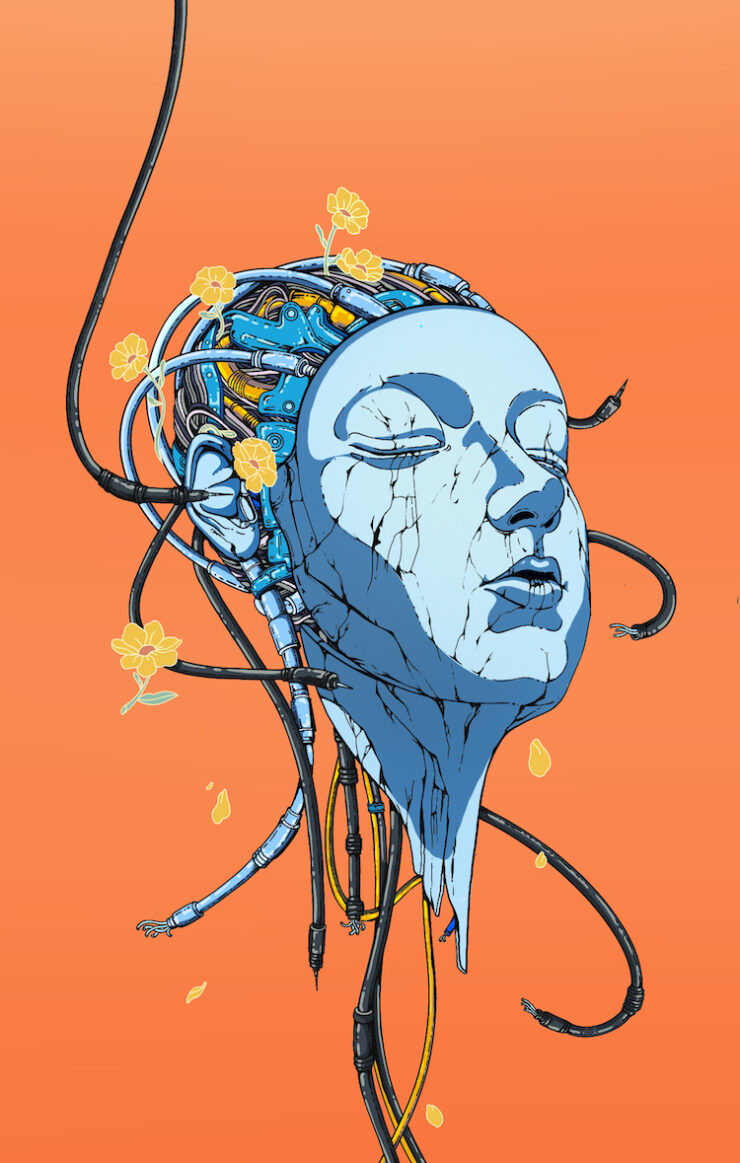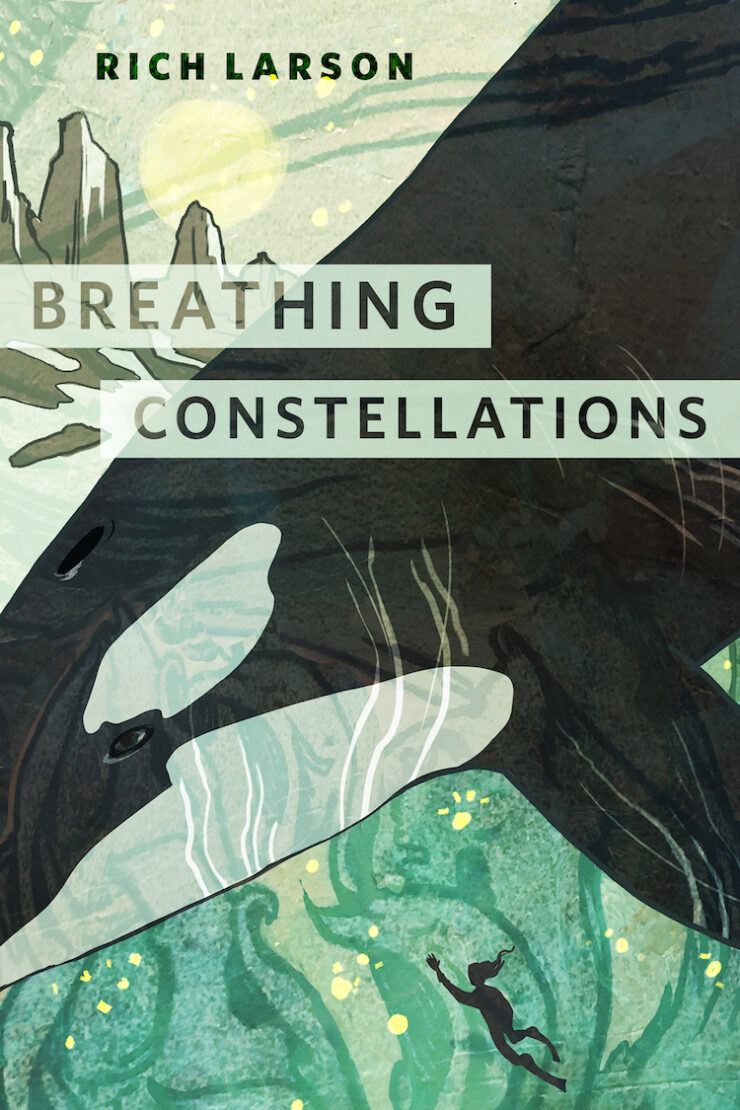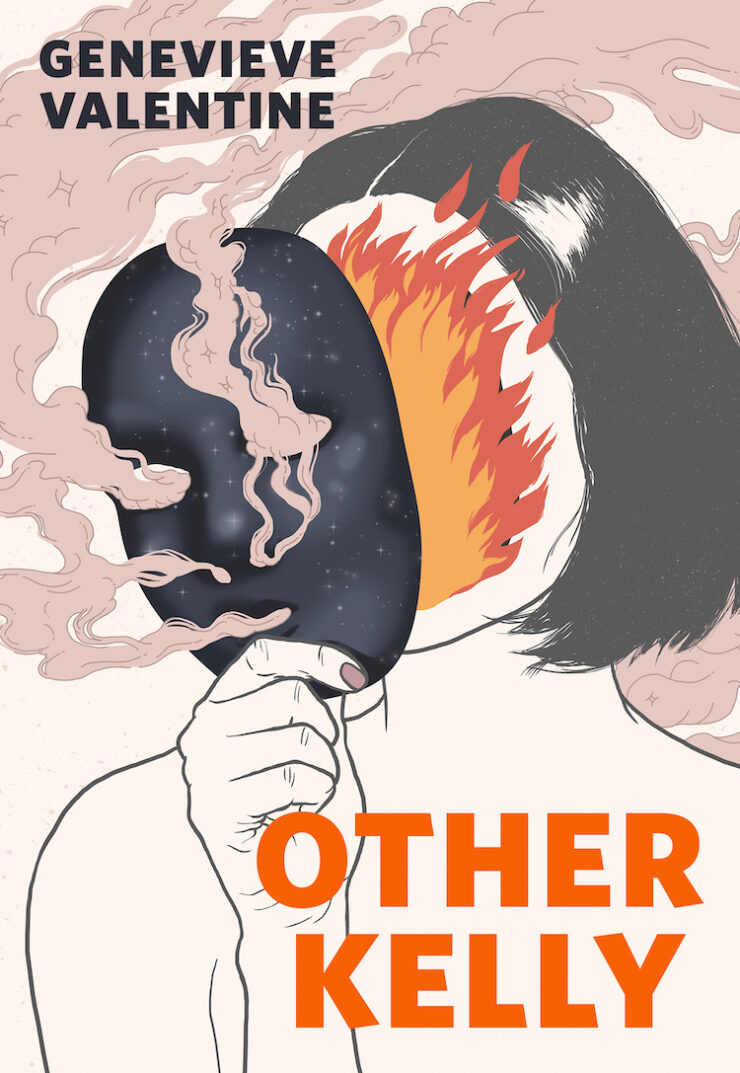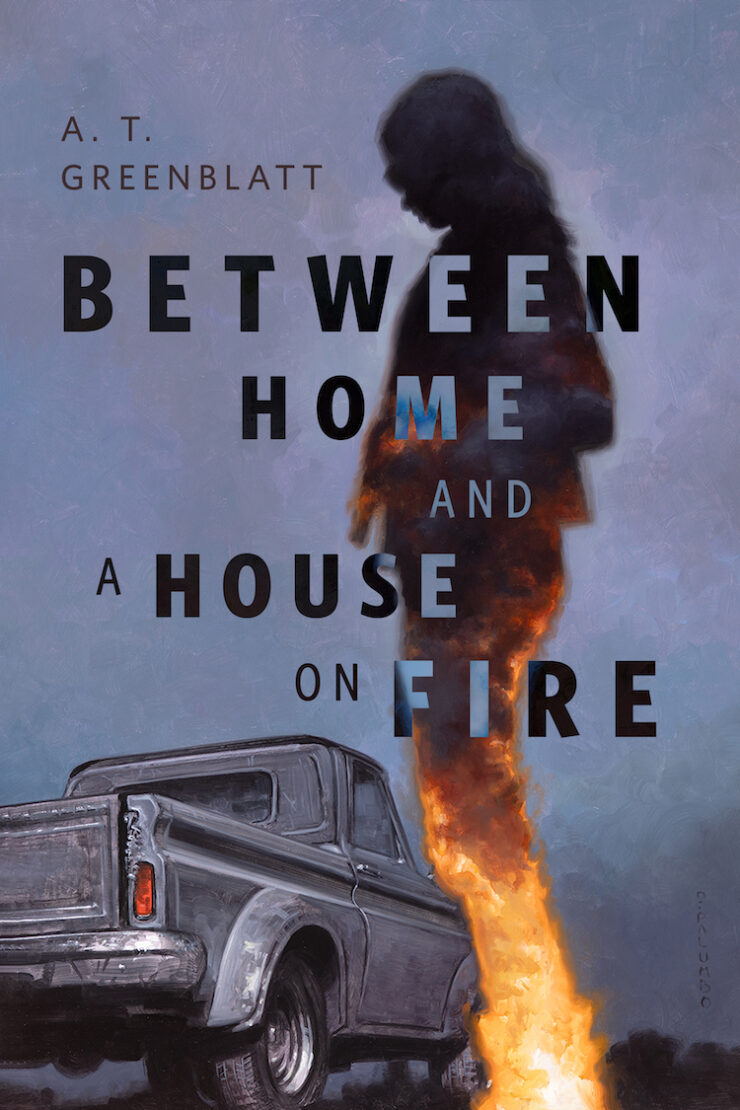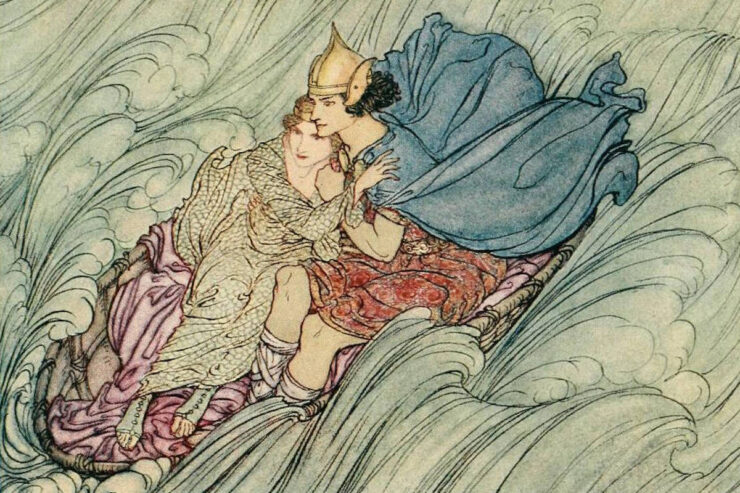Fairy tales haunt us. If I had a dollar for every time I’ve seen an author speak about the fairy tale that kept them up at night, I’d have enough dollars to buy enough fairy tale collections that I would never sleep again. Fantasy with its magics and monarchies, and romance with its mandatory happily-ever-afters are particularly unable to let sleeping fairy tales lie, so it’s perhaps not surprising that smushing the two genres together has produced a truly awe-inspiring level of fairy tale poisoning.
The trouble with structuring a book around a fairy tale is that fairy tales make no goddamn sense—but books have to. Why is the boy half a hedgehog? Were the king and Trusty John boyfriends, y/y? Will it actually be an okay marriage given that they’ve never had a conversation and he was all set to have her executed until her brothers turned back from swans into people? The shift from fairy tale to satisfying story requires deft authorial footwork, and typically authors approach it by asking one of three questions: what if, what for, or what about?
The first—and in my opinion least indicative of psychic damage—is what if? These authors aren’t working through decades of hauntings. They’re just having a good time. What if one of the twelve dancing princesses was also the frog queen girlie, and furthermore there are vampires because it’s Renaissance-era Transylvania, as in Juliet Marillier’s Wildwood Dancing? What if Sleeping Beauty had a twin sister who was on a bit of a gender journey and had to go on a quest to save her sister from the wicked spell, as in AK Mulford’s A River of Golden Bones? What if Snow White’s seven dwarves were all animal familiars and there was a terrifying quantity of unreconstructed Orientalism, as in Mercedes Lackey’s The Serpent’s Shadow? Like the new productions of Shakespeare that arrive in theaters year after year, these books are restaging familiar stories for fun and profit, building out the archetypes into real human beings.
What if books can also just depend on the imagery, rules, and structures of fairy tales to avoid the challenge of worldbuilding? What if a fairy tale world, but completely different characters and situations? (I say this without judgment. Worldbuilding is famously hard, and fairy tale worlds are rad. Slash terrifying.) Patricia McKillip built a four-decade career almost exclusively on fairy-tale vibes. You also see it a lot in high-heat romantasy novels, where the worlds don’t need to do much more than provide set dressing for a bunch of sex scenes (and, hopefully but not necessarily, character-building). Sarah J. Maas’s A Court of Thorns and Roses draws on at least three different fairy tales to answer the question “What if ‘Beauty’ was a huntress?’” Last year, BookTok darling Scarlett St. Clair launched a new novella series billed as “fairytale retellings,” the first of which, Mountains Made of Glass, is such a bewildering mishmash of fairy tale elements that I tried three times to summarize it here before relegating the whole mess to a footnote1.
The best what-ifs for me—because they’re the most like my precious what-abouts—are those that challenge the underlying assumptions about the kind of people who are eligible for heroism and happy endings. (Men, mostly. Straight, non-disabled people, pretty much always. Nobody queer, unless you count Trusty John, which you should2.) YA fantasy romance thrives in this space. This is where you get your gender-swapped retellings, like Holly Black’s The Darkest Part of the Forest, or queer reimaginings by folks like Malinda Lo and Anna-Marie McLemore.
Olivia Atwater’s excellent Ten Thousand Stitches gives us a Cinderella story where Cinderella’s prince turns out to be kind of a jerk. He’s unable to see the heroine unless she’s presented to him as a social equal. You know, like rich people are! So what if the love interest really were the fairy benefactor? Apart from being a fun twist on the Cinderella story, this also makes space for the heroine’s values to take precedence in her own story, which leads in turn to a spot of magic-inflected labor organizing. What if every romantasy ended with a union? (Not marriage; the other kind.)
Then you have the books that are asking what for? What’s everyone acting like this for? How should we be understanding it? I grew up on these. Robin McKinley’s Beauty provides an immensely satisfying answer to the question “what’s she staying with him for?”: the Beast has the most books out of anybody. Gail Carson Levine had a whole little cottage industry of fairy-tale books where the heroines got to be the captains of their own fate, starting with Ella Enchanted, which explains Cinderella’s passivity with a curse that forces obedience on her. Renee Ahdieh’s The Wrath and the Dawn gives Scheherezade a proper reason for agreeing to marry the murderous king (REVENGE).
Intisar Khanani’s Thorn is a favorite of mine in this category, asking why the princess in “The Goose Girl” submits so calmly to being stripped of her name, face, and title. Our princess is a survivor of familial abuse, and she anticipates very little improvement from the marriage her parents arranged for her. When her maid takes over her identity, it’s a blessed moment of freedom in which she realizes that she’ll never again be subject to her brother’s abuse or the treacherous waters of a royal court. (Of course there’s more to it than that, or we wouldn’t have a book.)
But my truly truest loves are the books that ask what about? What about the characters whose fates are elided in the source material? What about the people who live in that exact gendered world but don’t fit into those exact gender slots? What about the damn power imbalances? It’s easy to write fifty trillion handwavey Beauty and the Beast retellings, but a lot harder to produce a single In the Vanishers’ Palace, where author Aliette de Bodard genuinely grapples with the problem of sex and romance under conditions of imprisonment. Diana Wynne Jones’s Howl’s Moving Castle was another formative one for me in this category, with an eldest-sister protagonist who serenely recognizes that she is not destined for greatness. When you read this book at twelve, it’s a zany adventure. When you read it twenty years later, you see how much the author is saying about self-worth and youth and beauty and how badly society’s stories about you can hurt you.
Ursula Vernon’s Nettle and Bone, probably the best fantasy romance I read last year, captured the absolute best spirit of the what-about books, with a cast full of characters that a fairy tale normally wouldn’t be bothered with (a nun, a fairy godmother, a hedge witch). I cherish the project of picking up characters the fairy tales didn’t find interesting, dusting them off, and stubbornly finding them interesting anyway. Books like Julie Dao’s Forest of a Thousand Lanterns (a take on the evil queen from Snow White, among other things) or Margaret Owen’s Little Thieves (about the wicked maidservant from “The Goose Girl”) remind us that everyone is worthy of care, and everyone has a story to tell. Not just the blondes. Not just the royalty.
While I feel a deep ambivalence about some of the current trends in SFF romance (probably a topic for another day), I’m excited to see where the tides of fairy tale influence will take us next. Like, why are there one literal thousand Beauty and the Beast romantasy novels, but only litfic ever tries to do anything with Mr. Fox? Let’s shake off the Disney influence and try to get readers bought in on the romantic potential of the brother who’s stuck with one swan wing for the rest of his life. In space. With ghosts. And a bunch of boning. I’d buy that book.[end-note]
- You think it’s “The Frog Prince” but then actually it’s more sort of “Beauty and the Beast”-y structurally, but there’s also a magic mirror like in “Snow White” and a thing about having to find out the guy’s name like in “Rumpelstiltskin” and it’s not worth worrying about any of this because nobody, and especially not the author, came to this book for anything but the vigorous boning up against castle walls. ↩︎
- …sorry to go on and on about this. I too have been haunted by fairy tales. There is no treatment for this condition. We must simply find ways to live with it. That said, it would help if you got at me on Bluesky to agree with me that Trusty John and the king were absolutely definitely in love. ↩︎


